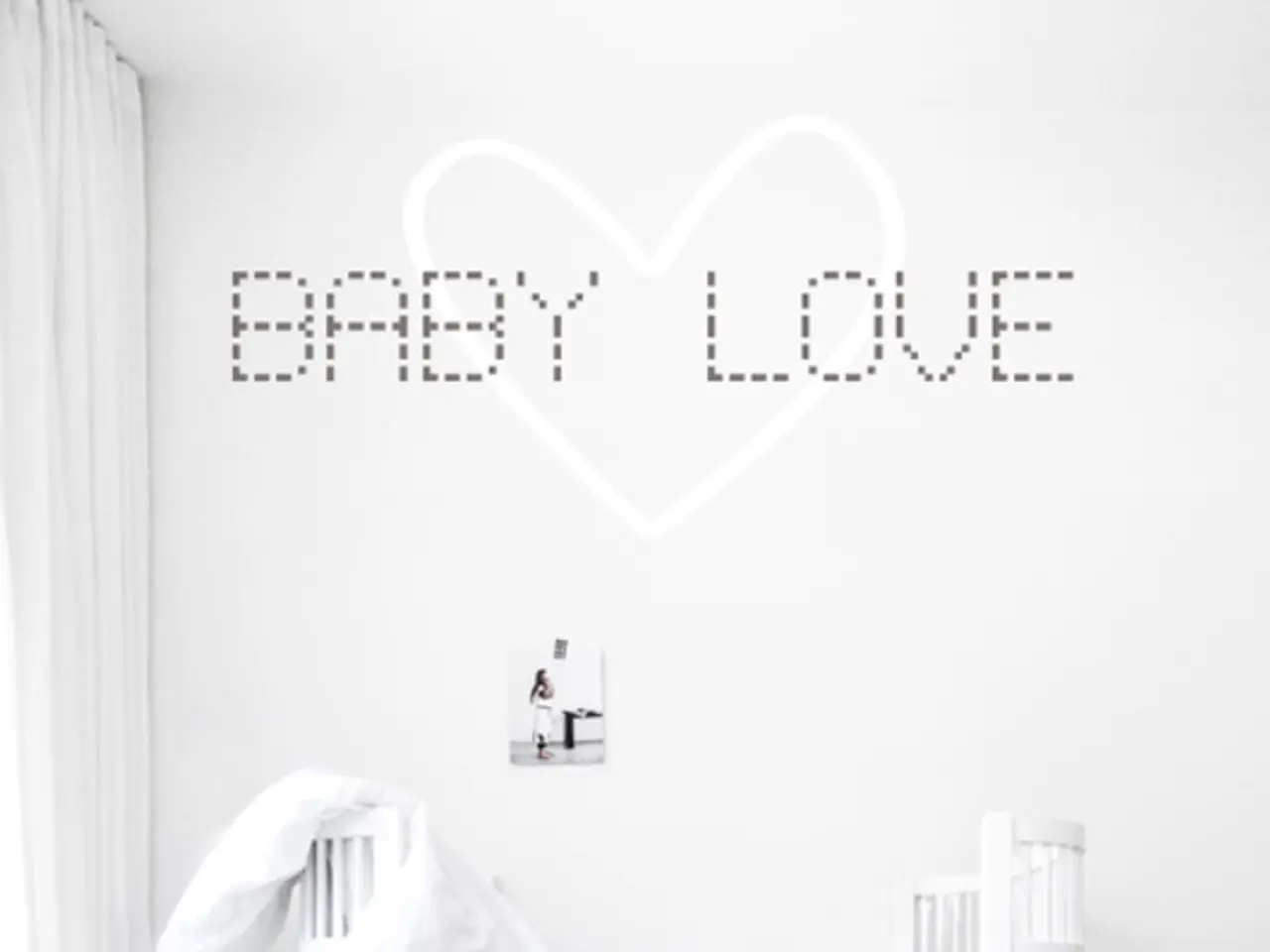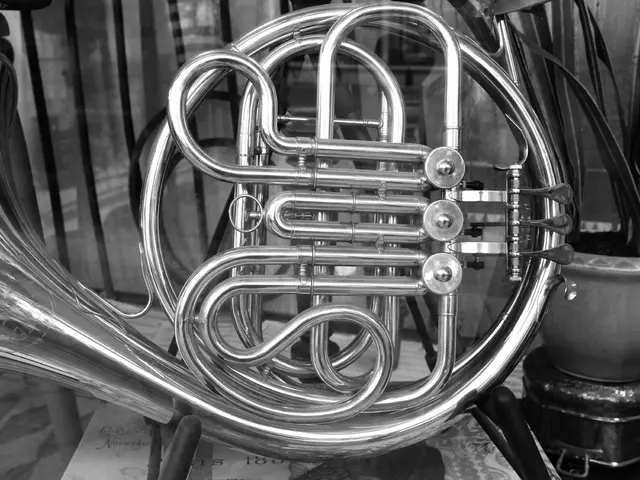Uncover Your Attachment Style: Complete the Questionnaire Now
In the complex world of human relationships, understanding one's attachment style can provide a valuable insight into personal patterns and help foster healthier, more fulfilling connections.
First coined by John Bowlby and Mary Ainsworth in the 1960s, attachment styles are patterns of connecting with others that are largely set in childhood and tend to follow individuals throughout their lives. The Strange Situation experiment, conducted by these psychologists, was instrumental in the study of attachment styles in children.
There are four primary attachment styles in relationships: Secure, Anxious-Preoccupied, Dismissive-Avoidant, and Fearful-Avoidant (Disorganized).
- Secure Attachment
Individuals with a secure attachment style are comfortable with intimacy, can regulate emotions effectively, and maintain both independence and closeness. They communicate well, handle conflict resiliently, and tend to experience satisfying and stable relationships.
- Anxious-Preoccupied Attachment
Anxiously attached individuals often feel insecure and anxious about their relationships. They seek excessive reassurance, fear abandonment, and may display clingy or needy behavior. They can struggle with emotional regulation and sensitivity to rejection.
- Dismissive-Avoidant Attachment
People with a dismissive-avoidant style prioritize independence and tend to avoid emotional intimacy. They may suppress emotions, appear aloof or distant, and have difficulty empathizing with their partner’s needs. Their outward confidence often masks a negative self-image and mistrust of others.
- Fearful-Avoidant (Disorganized) Attachment
Though less discussed, fearful-avoidant individuals typically desire closeness but simultaneously fear it, often due to past trauma or inconsistent caregiving. This leads to confusing or mixed relationship behaviors.
The influence of these attachment styles on relationship success is significant. Secure attachment is strongly linked to higher relationship satisfaction and stability due to effective communication, emotional regulation, and resilience during conflicts. On the other hand, anxious, avoidant, and fearful styles are associated with greater relational challenges and lower satisfaction.
Understanding one’s attachment style can help identify personal patterns and improve relationship skills. It is important to note that there is no judgment around attachment styles, as they were set in motion in early years and individuals learn to cope and build upon them as adults.
In a study by Victor Florian, secure people were found to perceive higher levels of emotional and instrumental support from their partners. Securely attached people seek out emotional support (comfort and care) and instrumental support (resources, help, and problem-solving ideas). They are less anxious and more satisfied with their relationships, have an easy time forming connections, and have less doubt about the equality of the relationship.
In contrast, individuals with Fearful Attachment tend to have unpredictable moods and can get overwhelmed easily. They live in an ambivalent mindset where they swing from being afraid of connection to overanalyzing the equality or depth of their relationships. People with Avoidant attachers tend to be emotionally distant from their partners, take pride in their independence, can see attachment as weakness, and shut down emotionally during arguments or close themselves off from feelings. They are not as attentive as their partners because they worry they will become too co-dependent, and this will take away their independence.
Dr. Phillip Shaver and Dr. Cindy Hazan applied the parent-child research to romantic relationships and identified these four attachment styles. The study suggests that secure people actually seek out the support they need, while anxiously attached people tend to worry more about their relationships, experience an 'emotional hunger', and look for a partner who can rescue them or 'complete' them. They can become clingy, possessive, paranoid, or need constant attention when they are afraid of losing their partner.
In conclusion, understanding attachment styles can provide a valuable tool for individuals seeking to improve their relationships. By recognising and addressing personal patterns, individuals can work towards building healthier, more fulfilling connections with their partners, kids, and friends.
- A person's understanding of their attachment style in love-and-dating can offer insights into their patterns of connecting in relationships, leading to more effective communication, emotional regulation, and conflict resolution, ultimately fostering healthier and more stable relationships.
- Education on attachment styles, such as Secure, Anxious-Preoccupied, Dismissive-Avoidant, and Fearful-Avoidant (Disorganized), is crucial in the realm of personal-growth as it can help individuals identify personal relationship patterns and enhance their skills, promoting personal growth within their relationships, education, and self-development.




